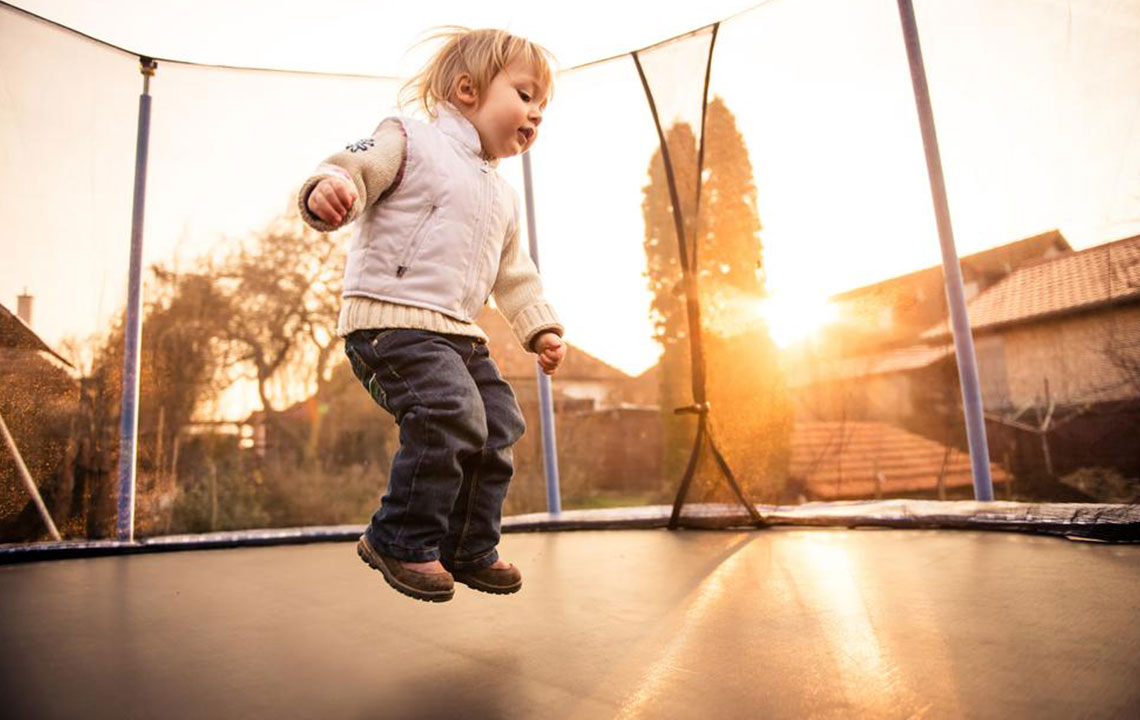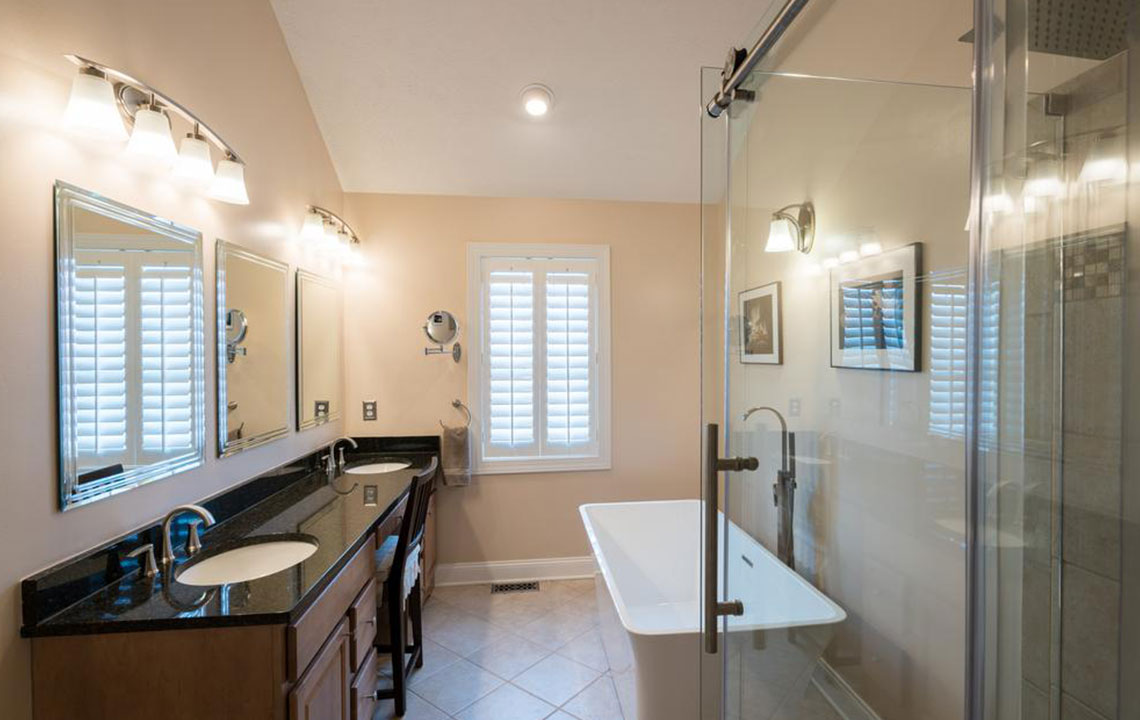Essential Guide to Purchasing a Trampoline
Discover essential tips for selecting the perfect trampoline, focusing on safety, size, shape, and weather considerations. Learn how to choose a trampoline that fits your space and ensures safe fun for everyone. Ideal for home use and fitness, this guide helps you make an informed purchase to enjoy jumping safely and confidently.

Guide to Choosing the Ideal Trampoline
Thinking about buying a trampoline? Excellent choice! Trampolines are not only a source of fun but also promote physical activity and health. Before making your purchase, it's essential to consider key features, safety tips, and planning to ensure the best experience.
While trampolining is a superb exercise, safety is paramount. Many professional brands advise against using trampolines at home due to safety concerns, but personal preference often leads to individual choices.
Here are some important tips:
Ensure safety measures are in place: Limit to one jumper at a time, avoid flips without supervision, and never jump onto hard surfaces or from the trampoline onto other objects.
Check the space available: The area should have a soft, level surface, with at least 3 feet of clearance around the trampoline. Remove any rocks or hard objects nearby.
Trampolines vary in shape, size, and number of springs — typical shapes include round, rectangular, octagonal, oval, and square, with diameters from 6 to 18 feet. Choose based on your available space. Round models are popular and keep jumpers centered, while rectangular ones are favored by gyms and athletes. The number of springs affects bounce quality; for example, a 15-foot trampoline generally has 70-96 springs. More springs mean better bounce.
If setting up outdoors, monitor weather conditions. Avoid jumping in strong winds or when the surface is damp, as moisture damages the trampoline and poses safety risks. Weather-resistant fabrics like PVC are recommended for durability and longevity.










